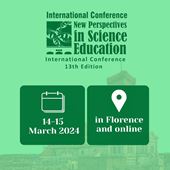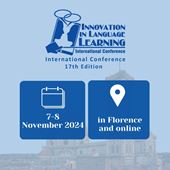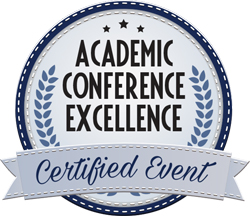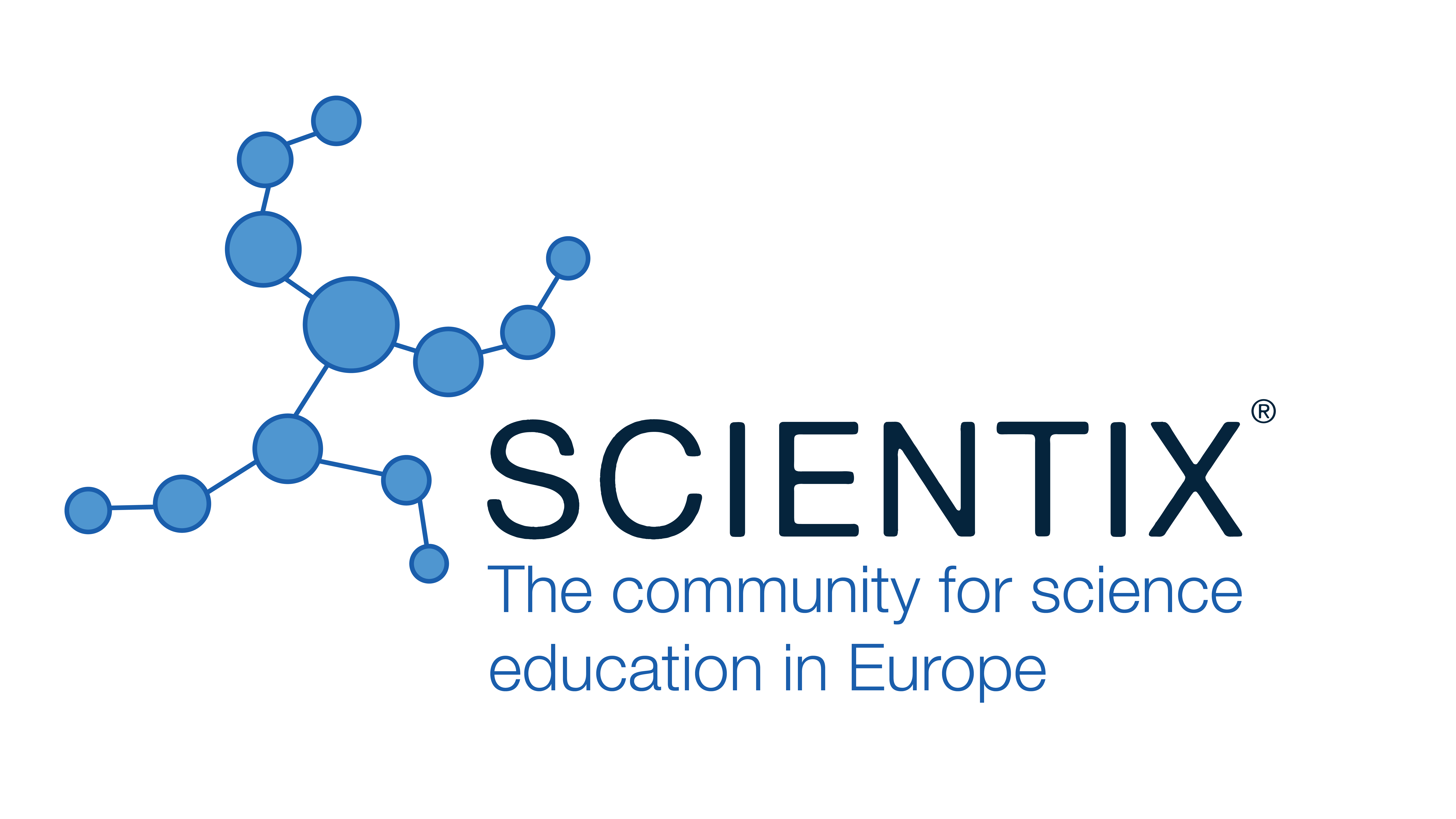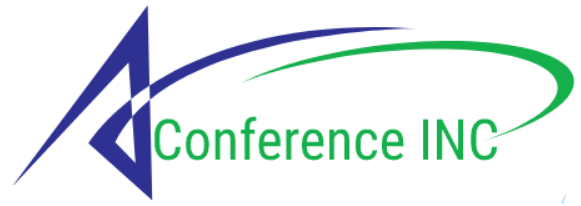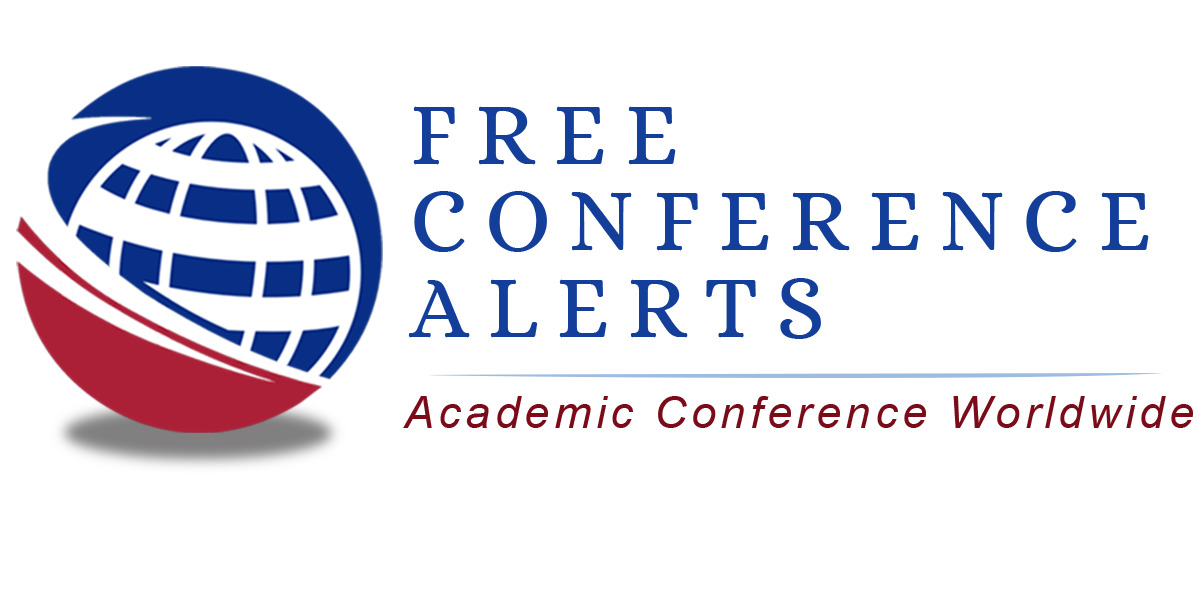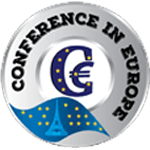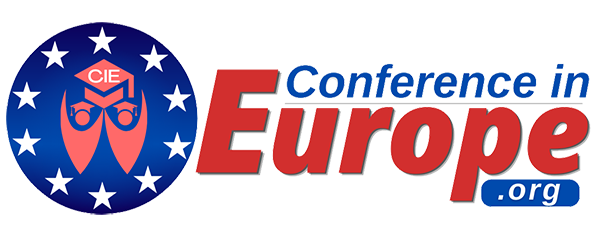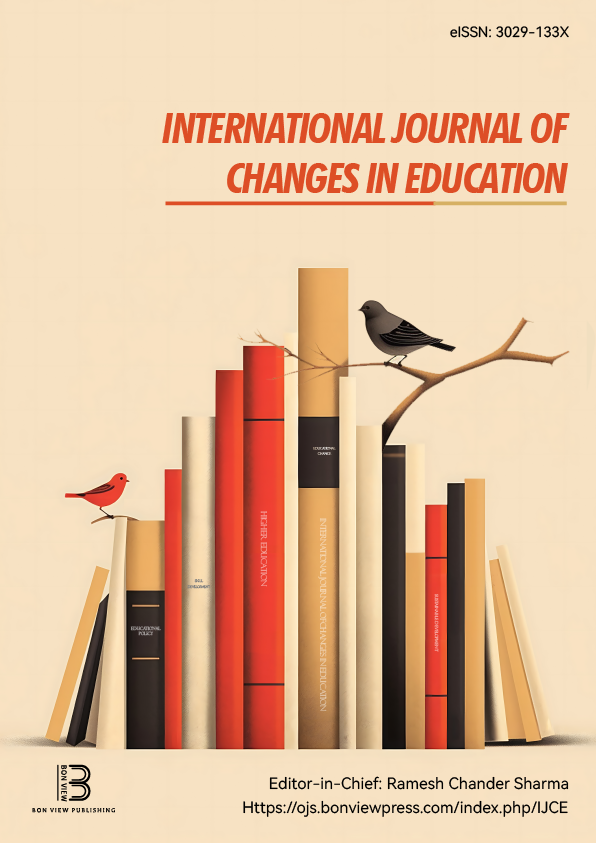‘STEMifying’ an EMI Chemistry Classroom with Language Support through CLIL Pedagogies
Michael Kai-yip TSANG, The University of Sheffield (United Kingdom)
Abstract
Science literacy plays a crucial part in science education nowadays. However, few students know the importance of science communication in the world besides paper assessments. Consequently, they might not know how to present their science knowledge effectively in English. Consequently, a teaching and learning programme is tailored to students to increase their awareness of Science and English through the science, technology, engineering, and mathematics (STEM) approach (Bybee, 2010, 2013).
This action research adopted a design-based intervention design with a group of Grade 10 Taiwanese Chemistry students (n = 9) with mixed ability in an EMI Australian International school in Taiwan. Students in the intervention received background science knowledge of chemical kinetics and additional language support on writing a student report in Chemistry through content and language integrated learning (CLIL) (Lin, 2016). Then, students experimented with their chemical knowledge (science) by searching for relevant information beforehand (technology), designing how to do the experiment (engineering) and calculations for the conclusion (mathematics). Studies revealed that students showed progressive improvements in writing after corrective feedback
|
Keywords |
STEM Education, Chemistry Education, EMI, CLIL |
|
REFERENCES |
[1] Bybee, R. W. (2010). Advancing STEM education: A 2020 vision. Technology and engineering teacher, 70(1), 30. [2] Bybee, R. W. (2013). The case for STEM education: Challenges and opportunities. NSTA press. [3] Lin, A. M. Y. (2016). Language across the curriculum & CLIL in English as an additional language (EAL) contexts: Theory and practice. Springer. |
 New Perspectives in Science Education
New Perspectives in Science Education
